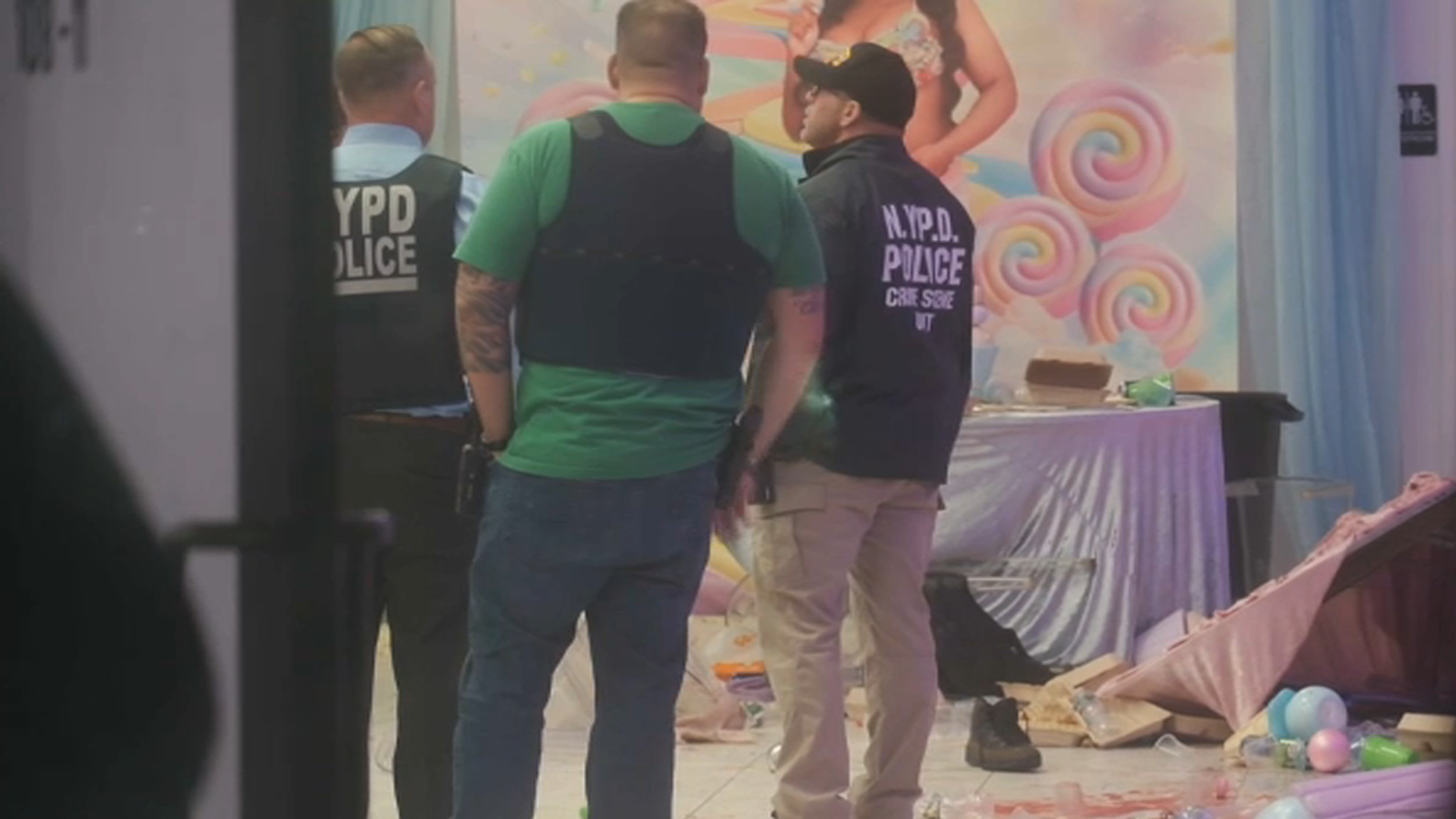The B and No. 5 trains are the worst subways line in the city when it comes to service regularity and delays related to mechanical breakdowns, according to a report by a rider advocacy group.
Patrons on those lines are also frustrated by the lack of available seats, according to the NYPIRG Straphangers Campaign's annual "State of the Subways" report, which measures six indicators of subway performance that straphangers have deemed crucial.
Most of the measures evaluated are based on weekday statistics for all or the last half of 2014.
For the second year in a row, the report gave the No. 7 line the top rating of the 19 subway lines reviewed. The Straphangers Campaign says that line runs most frequently and performed above average in terms of subway car cleanliness and seat availability.
Fewer delays due to mechanical breakdowns are also reported on the No. 7 line compared with the rest of the system.
System-wide, subways are breaking down more often, with the Straphangers Campaign finding a mechanical failure every 153,382 miles between December 2013 and 2014 compared with one every 141,202 miles in the previous 12-month period. The breakdown rate continues a trend of increase; in the 2014 report, the Straphangers Campaign found an 11 percent increase in subway car breakdowns.
Subway car cleanliness has remained flat across the system, the report found. The No. 7 line was found to be the cleanest, while the L line was found to be the dirtiest.
Local
Accurate and understandable subway car announcements declined slightly overall, but six lines improved in this regard, including the 4, 7, A, C, G and N.
If you're looking for a seat during rush hour, your best chance to get one is on the F, where riders had a 67 percent chance of getting a seat during peak travel times. The E ranked the worst and was much more crowded, with riders having only a 28 percent chance of getting a seat during rush hour.
In a statement, the MTA said it was "baffled" by the report's findings on "chances of getting a state. Spokesman Kevin Ortiz said while the Straphangers Campaign found patrons have the best chance of getting a seat on the F line and just a 31 percent chance of getting a seat on the R line, the F line is running at 90 percent capacity while the R line is running at 75 percent.
"While some of the report's findings make sense, others do not," Ortiz said. "In order to determine overall line performance, NYCT established a system that utilizes multiple indicators to come up with a balanced score. We feel our vast array of performance measures are more indicative of the performance and quality of the subway lines and are based on extensive use of customer surveys."
Ortiz also said the Straphangers Campaign uses an outdated method to determine subway car breakdowns, and that MTA numbers actually showed an improvement since last July. He said the entire MTA fleet averages more than 200,000 miles before a failure that requires a train to be taken out of service.
The MTA also said it has been transparent about the data provided in the Straphangers Campaign report. Spokesman Kevin Ortiz also said the agency regularly analyzes data to enhance servie and develop new improvement initiatives.
"One thing we can agree on - the Straphangers report shows, that with record ridership, a fully funded capital program is vital to providing a public transit system that is safe and reliable; one that meets the daily needs of its millions of riders and one that is poised to meet future needs," Ortiz said.
Click here for the full report or more details on individual lines.



